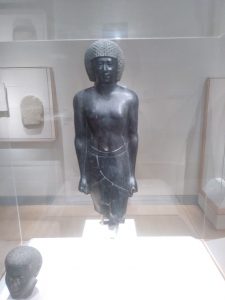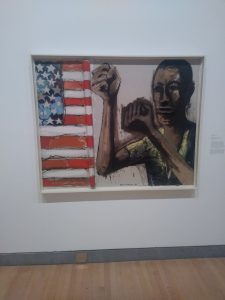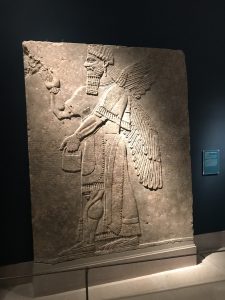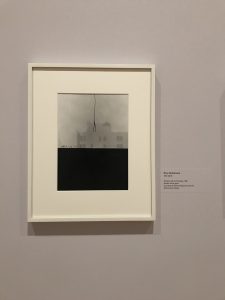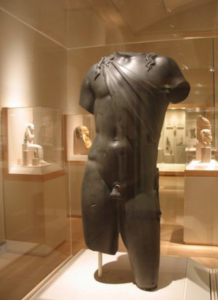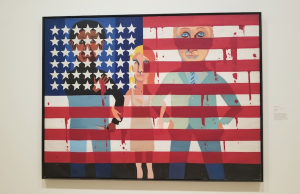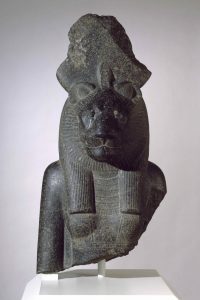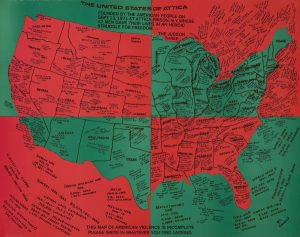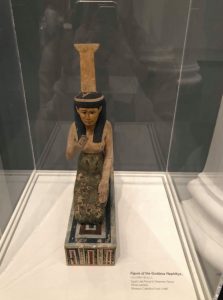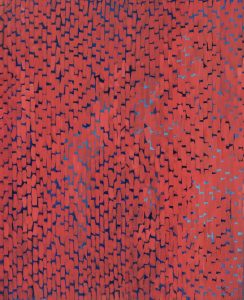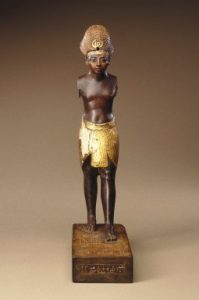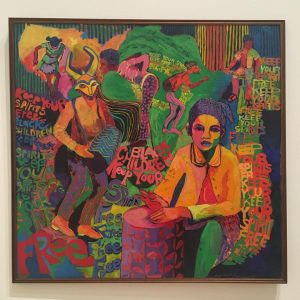Humanism seems to be interested in paying tribute to the form of man. From what I’ve studied it was an ideal/ optimistic philosophy that saw man as rational and capable of making his own decisions without any aid from god(s) or deities. The art tended to focus on the human body and specifically the athleticism or muscles a human could have. After the initial breakthrough of humanistic art in Greek and Roman cultures, humanism would resurface again later during the European Renaissance, becoming a key component of the rebirth.
Compared to Egyptian and Mesopotamian art, Greek and Roman art tends to be more interested in the humanistic approach. Egypt and Mesopotamia seems to be focused heavily on paying tribute to gods or deities trying to ensure a peaceful after life, as much of Egyptian culture was based off of preparing for the afterlife. So it would make sense that most of Egyptian art included homage to some god or deity or king who was believed to be a divine ruler. Conversely, Greek and Roman art tended to move away from such tributes or homages and instead wanted to focus on man, and what man can accomplish alone.
For example, lets use the two pictures below:
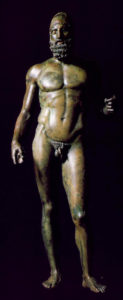
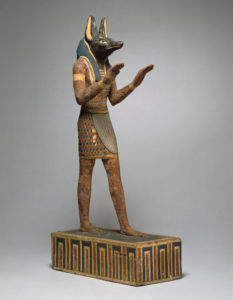
On the left we see a Roman humanist statue. It is titled “man with helmet.” We see a very realistic sculpture of an ordinary man with a helmet. The man’s chest is toned and defined, his arms are muscular as well are his thighs and legs. Even for contemporary standards, this statue is depicting a near perfect human form. On the right we wee an ancient Egyptian statue of Anubis, the god of the dead. The Egyptians focused their art less on a mimetic depiction of an ideal man, instead paying tribute to a god who they believed would help them achieve a peaceful afterlife. The arms and legs are not particularly muscular or defined and the head is that of a dog. In typical Egyptian fashion Anubis, a god, is not standing directly on the ground, instead he is in an elevated position.
